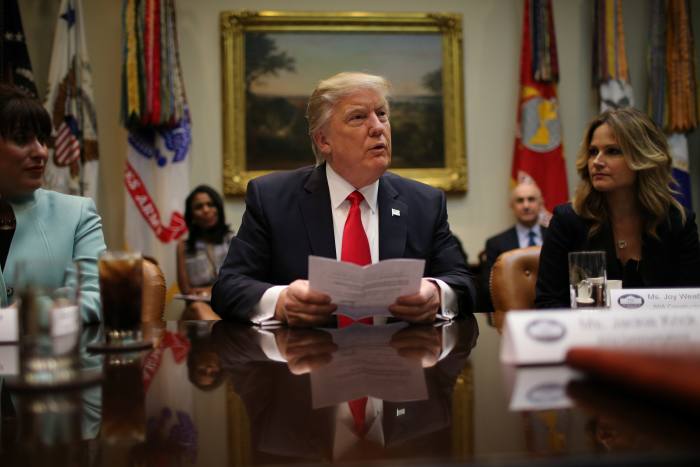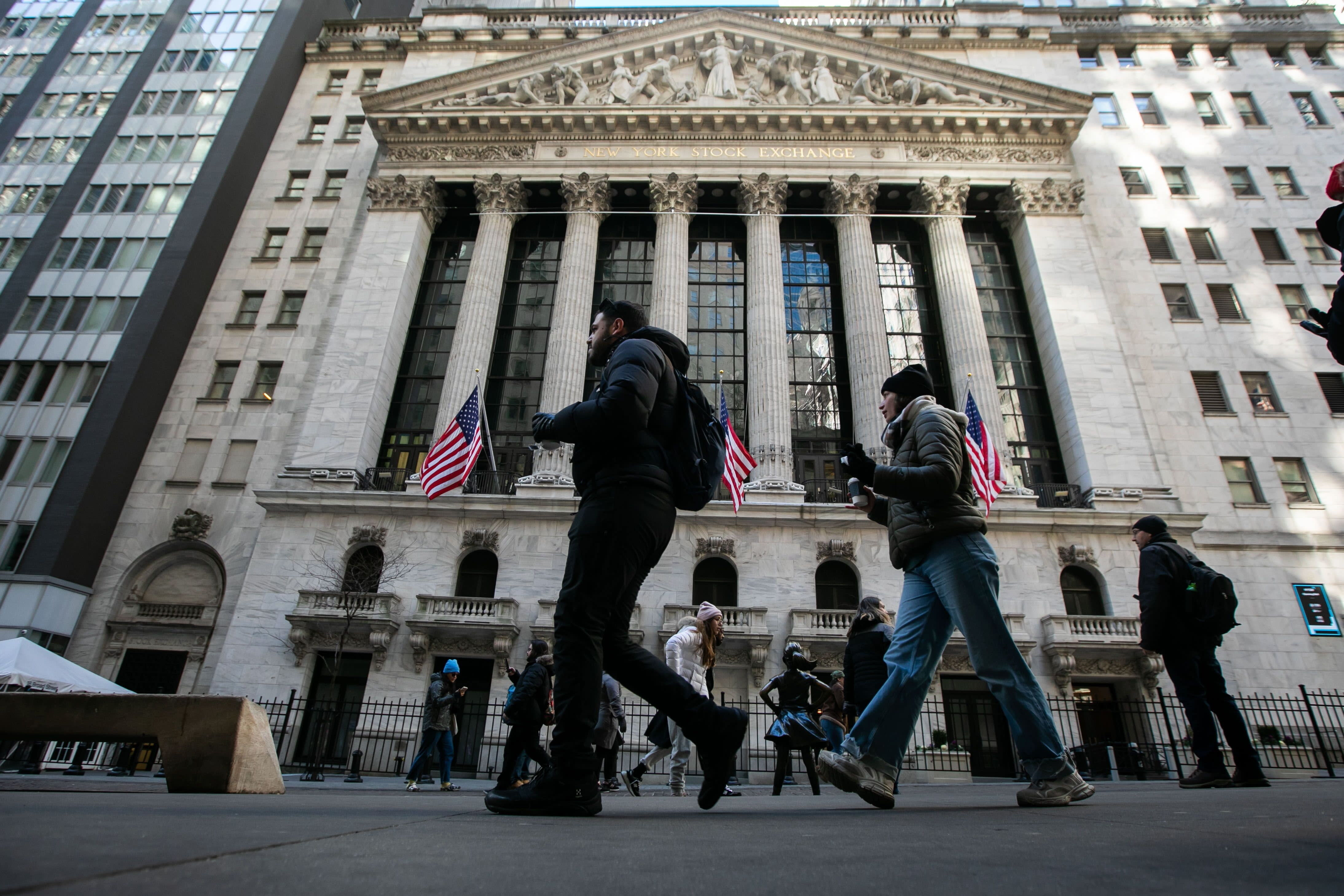
Donald Trump has campaigned as an enemy of free trade, immigration, regulation and abortion rights. He regards Islamic terrorism as the US’s foremost danger, and has little time for the proprieties of Congressional behaviour.
President Trump won an election on these foundations, and his energetic pursuit of them as president is delighting his supporters.
Finding the jobs
The president also has to find them jobs, but that will not be so easy. Good manufacturing jobs have been disappearing in the US (as in the UK) over the past three decades, since mechanisation has brought about increased productivity but fewer workers, as well as a shift to service jobs, whether that be highly paid software engineers or poorly paid carers, to ageing populations.
But as a businessman himself, and with many members of his cabinet having a similar background, Mr Trump must believe that ‘Yankee ingenuity’ still exists in the US rust belt. What it needs, he thinks, is hope and an injection of money. That will come from a vast Federal spending plan to rebuild the US’s rotting infrastructure.
That trillion-dollar deficit financing will have to be voted by Congress – something his predecessor was unable to achieve.
But President Trump – like John Kennedy and Franklin D Roosevelt before him – knows the secret of getting Congress to do what you wish is to ensure that your supporters are behind you. Donald’s Tweets, like Roosevelt’s radio fireside chats and Kennedy’s TV talks, will do exactly that. Congressmen don’t like voters complaining that they are not supporting their president.
Economic hell or purgatory?
Thus far, promises alone have sufficed to get the blood pumping in entrepreneurial veins. What will happen when actual money begins to appear?
Traditional economists and politicians are worried about inflation and overheating, and there are concerns that the Federal Reserve, now it has stopped supporting the stockmarket with its quantitative easing, will soon start rising interest rates.
As Ben Inker, co-founder and chief investment strategist of GMO, commented recently: “Will asset prices revert to valuation levels similar to historical norms, leading to bad returns for a while, but long-term returns similar to what investors have been trained to expect? Or have we seen a permanent shift such that asset-class valuations have risen permanently and long-term returns available from them have consequently fallen?
“Such a shift would be a profound problem for the basic rules of thumb used by almost all long-term investors, but in the shorter run this means returns will not be disastrously bad.
“The key metric I believe has driven market valuations upward in recent years, and could conceivably drive them right back down, is short-term interest rates.”
Mr Inker continues: “Much of this comes down to a question of whether cash rates over the next 10, 20 or 50 years will look like the ‘old normal’ of 1-2 per cent above inflation, or whether they will look more like the average of the past 15 years of about 0 per cent after lower inflation.






